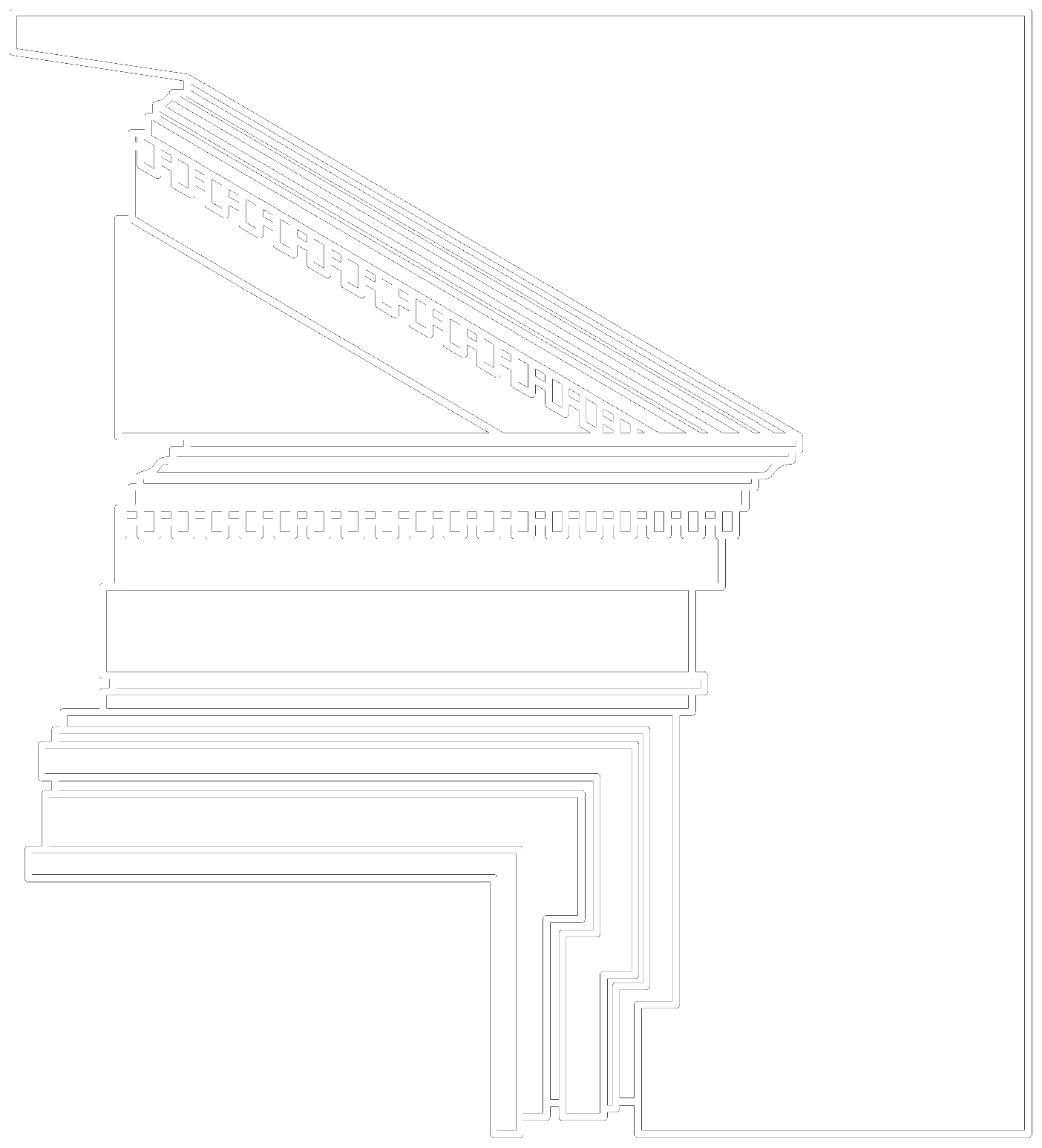A Traditional New Orleans Shotgun House
On a recent trip to New Orleans, I was captivated by the architecture. Of particular interest was the small vernacular building type commonly known as the “Shotgun House”. These ubiquitous structures are found in just about every region of the city in both single and double configuration, and are articulated in myriad styles.
The common belief is that the term “Shotgun” refers to the interior arrangement of spaces, through which one could shoot directly through the length of the house without hitting a wall, due to the arrangement of doors in an “enfilade” configuration. However, historic evidence suggests that the term is a corruption of the West African word, “Shogon”, which translates to “God’s House”.
A Camel Back Shotgun House, so called for the two-story addition at the rear
Enslaved Africans in Haiti used the architectural form common to their homeland and employing local materials built narrow buildings with gabled entrances, stucco walls, thatched roofs, and shuttered windows that provided them the only privacy they were allowed. When the Africans of Haiti revolted in 1791, plantation owners fled to New Orleans, bringing with them slaves still under their control.
A traditional Double Shotgun House
Along with this influx, many free people of color also migrated to New Orleans. These freemen continued to build shotgun houses, replacing their African motifs with gingerbread trimmings. Porches on the gabled front of these homes both distinguished them from the French structures, whose outdoor space was contained in courtyards, and provided a social interconnectivity among these newly arrived residents.
An Elegant Greek Revival Shotgun
Today, we see the “Shotgun House” in many guises. Transformed over time, one can find Victorian, Greek Revival, and even Spanish-influenced motifs. Many of the deep overhanging porches, succumbing to gravity, have been supported by columns of various style.
Make it Right Houses of the 9th Ward
Following the horrific event of Hurricane Katrina in 2005, remarkable efforts have been made to restore the district worst hit, known as the 9th Ward. Through huge efforts spearheaded by Brad Pitt, and the organization, Make it Right, new eco-friendly structures that are modern interpretations of this historic building type are being erected. A visit to this devastated area is both sobering and humbling.
In a city rich in architectural tradition, it is amazing how I was captivated by these simple indigenous homes. They are truly of the place, and are the character-contributing buildings that help to define New Orleans’ architectural personality.
Double Shotgun House with a High Victorian Porch






